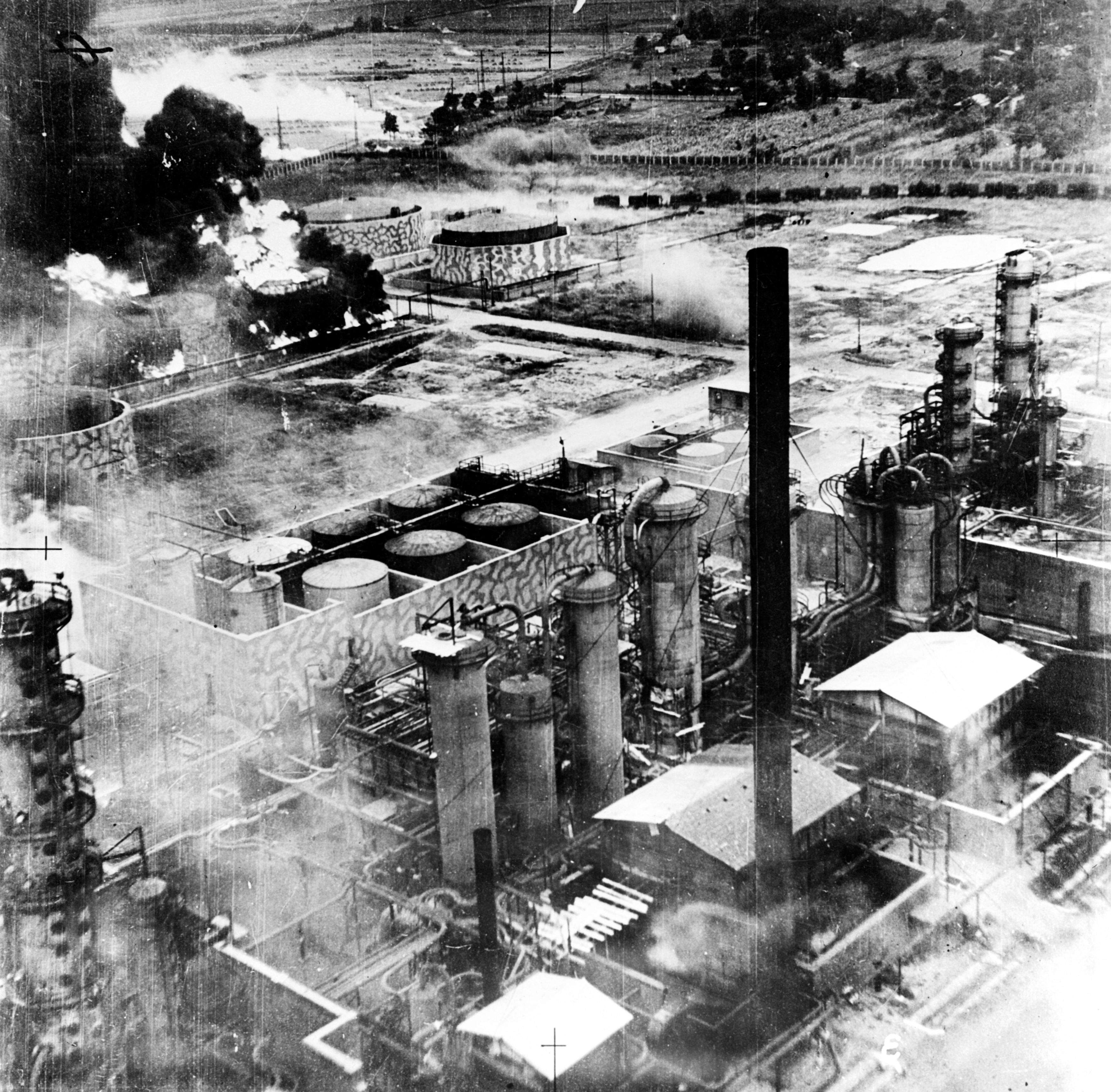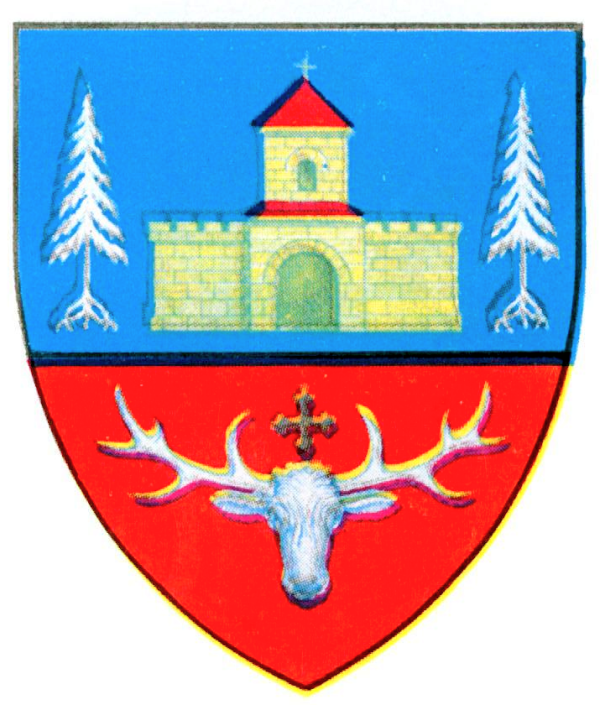|
Târgșor
Târgșor is a former medieval market town in what is now Prahova County, Romania. The town peaked around 1600, after which it declined to become the village of Târgșoru Vechi, located about southwest of Ploiești. History Built in a heavily forested area, Târgșor developed thanks to the local fair and its auspicious location at a crossroad of several trade routes.Rădvan, p. 303 These roads included Drumul Brăilei, which linked Târgoviște to the Danube port of Brăila, as well as the roads which linked Târgșor to Brașov and Bucharest. Târgșor gets its name from the diminutive of ''târg'' (market, fair) and can be related to the name of Târgoviște, which was the capital of Wallachia and a much bigger city. The settlement transformed into a town sometimes between 1368 and 1412, during the rule of Mircea I of Wallachia, Mircea I. The first document mentioning his name was a September 1412 document by Voivode of Transylvania Stibor of Stiboricz, who granted the peop ... [...More Info...] [...Related Items...] OR: [Wikipedia] [Google] [Baidu] |
Târgșoru Vechi
Târgșoru Vechi is a communes of Romania, commune in Prahova County, Muntenia, Romania. It is composed of four villages: Stăncești, Strejnicu (commune seat), Târgșoru Vechi, and Zahanaua. There is an aerodrome for general aviation in Strejnicu, mostly used by . On its site was located the medieval former town of Târgșor. Strejnicu village is the assassination site of historian and politician Nicolae Iorga, who was killed on November 27, 1940 by an Iron Guard squad. References Communes in Prahova County Localities in Muntenia {{Prahova-geo-stub ... [...More Info...] [...Related Items...] OR: [Wikipedia] [Google] [Baidu] |
Ploiești
Ploiești ( , , ), formerly spelled Ploești, is a Municipiu, city and county seat in Prahova County, Romania. Part of the historical region of Muntenia, it is located north of Bucharest. The area of Ploiești is around , and it borders the Blejoi commune in the north, Bărcănești, Prahova, Bărcănești and Brazi communes in the south, Târgșoru Vechi commune in the west, and Bucov and Berceni, Prahova, Berceni communes in the east. According to the 2021 Romanian census, 2021 census, Ploiești is the List of cities and towns in Romania, tenth most populous city in the country with a population of 180,540. The city grew beginning with the 17th century on an estate bought by ruler Michael the Brave from the local landlords, gradually replacing nearby Wallachian fairs of Târgșor, Gherghița, and Bucov. Its development was accelerated by heavy industrialisation during the mid-19th century, with the world's first large-scale oil refinery, petroleum refinery being opened between ... [...More Info...] [...Related Items...] OR: [Wikipedia] [Google] [Baidu] |
Prahova County
Prahova County () is a county (județ) of Romania, in the Historical regions of Romania, historical region Muntenia, with the capital city at Ploiești. Demographics In 2011, it had a population of 762,886 and the population density was 161/km2. It is Romania's third most populated county (after the Municipality of Bucharest and Iași County), having a population density double that of the country's mean. * Romanians - 97.74% * Romani people in Romania, Romas and Minorities of Romania, others - 2.26% The county received an inflow of population who have moved here due to the industrial development. Geography This county has a total area of 4,716 km2. The relief is split in approximately equal parts between the mountains, the hills and the plain. In the North side there are mountains from the southern end of the Eastern Carpathians - the Curvature Carpathians group; and the Bucegi Mountains the Eastern end of the Southern Carpathians group. The two groups are separated ... [...More Info...] [...Related Items...] OR: [Wikipedia] [Google] [Baidu] |
Vladislav II Of Wallachia
Vladislav II (died 20 August 1456) was a voivode of the principality of Wallachia, from 1447 to 1448, and again from 1448 to 1456. The way Vladislav II came to the throne is debatable. The most accepted view is that Vladislav assassinated Vlad II Dracul, ruler of Wallachia, and was subsequently placed on the throne by John Hunyadi, on the other, Vladislav II was helped by the Ottoman Empire, Ottomans to replace Dan III which was assigned by the Kingdom of Hungary (1301–1526), Hungarians.Giurescu p.14 After several years of political dispute with his rival Vlad the Impaler over their respective claims to the throne, the two princes agreed to settle the dispute in single combat. At the end of their duel, Vlad killed Vladislav in front of their hosts. Conflict with John Hunyadi It is not known if Vladislav II had been invited to take part in the Battle of Kosovo (1448) or not. It is certain, however, that he did not send any troops in aid and as a result, John Hunyadi took b ... [...More Info...] [...Related Items...] OR: [Wikipedia] [Google] [Baidu] |
Județ
A (, plural ) is an administrative division in Romania, and was also used from 1940 to 1947 in the Moldavian Soviet Socialist Republic and from 1998 to 2003 in Moldova. There are 41 in Romania, divided into municipii (municipalities), ''orașe'' (cities) and ''comune'' (communes). Each has a county seat (''reședință de județ'') which serves as its administrative capital; this designation usually belongs to the largest and most developed city in the respective county. The central government is represented by one prefect in every . The capital, Bucharest, is not a , but a special municipality with identical functions, which also acts as the county seat of Ilfov. Etymology In the Romanian Principalities, the was an office with administrative and judicial functions, corresponding to both judge and mayor. The word is etymologically rooted in the Latin "judicium", and is therefore cognate to other administrative institutions like the Sardinian '' giudicati'', or terms lik ... [...More Info...] [...Related Items...] OR: [Wikipedia] [Google] [Baidu] |
Brill Publishers
Brill Academic Publishers () is a Dutch international academic publisher of books, academic journals, and Bibliographic database, databases founded in 1683, making it one of the oldest publishing houses in the Netherlands. Founded in the South Holland city of Leiden, it maintains its headquarters there, while also operating offices in Boston, Paderborn, Vienna, Singapore, and Beijing. Since 1896, Brill has been a public limited company (). Brill is especially known for its work in subject areas such as Oriental studies, classics, religious studies, Jewish studies, Islamic studies, Asian studies, international law, and human rights. The publisher offers traditional print books, academic journals, primary source materials online, and publications on microform. In recent decades, Brill has expanded to Electronic publishing, digital publishing with ebooks and online resources including databases and specialty collections varying by discipline. History Founding by Luchtmans, 16 ... [...More Info...] [...Related Items...] OR: [Wikipedia] [Google] [Baidu] |
Mihnea Turcitul
Mihnea II Turcitul ("Mihnea the Turned-Turk"; July 1564 – October 1601) was Prince (Voivode) of Wallachia between September 1577 and July 1583, and again from April 1585 to May 1591. Rise to the throne The only son of Alexandru II Mircea and Ecaterina Salvaresso, he ascended to the throne after events characteristic for the decline in prestige of local custom and princely power under pressure from the Ottoman Empire (Wallachia's suzerain): Mihnea had to compete with a foreign pretender, the Lombard physician Rosso, who claimed to be descended from a Wallachian ruler, and ultimately succeeded after enlisting the help of his grandmother, the influential Lady Chiajna. Unpopular taxation policy He, Ecaterina Salvaresso and Chiajna subsequently established what would become a highly unpopular rule, which followed the political guidelines imposed by Alexandru II, and saw a major increase in taxes — around 1583, the pressure was leading peasants to abandon their plots an ... [...More Info...] [...Related Items...] OR: [Wikipedia] [Google] [Baidu] |
Ștefan IV Of Moldavia
Stephen IV of Moldavia (; 1506 – 14 January 1527), also called Ștefăniță, was Prince of Moldavia from 1517 to 1527. He succeeded to the throne as son of the previous ruler, Bogdan III cel Chior. Until 1523, he was under the regency of Luca Arbore, Gatekeeper of Suceava. He was the father of John III the Terrible John III the Terrible (), also John III the Brave (; 1521 – June 14, 1574) was Voivode of Moldavia between February 1572 and June 1574. Dimitrie Cantemir mentions him under the name John the Armenian. He was the grandson of Bogdan III and th .... Monarchs of Moldavia 16th-century monarchs in Europe House of Bogdan-Mușat 16th-century Moldavian people {{Europe-royal-stub ... [...More Info...] [...Related Items...] OR: [Wikipedia] [Google] [Baidu] |
Aspron
The ''aspron'' (), from Latin ''asper'', was a late Byzantine name for silver or silver-alloy coins. The Latin word ''asper'' originally meant "rough", but had gradually acquired the connotation of "fresh" or "freshly minted", i.e. not worn smooth by use, and, especially when referring to silver, "white", by the imperial period. It acquired a technical meaning in the 12th century, when the Byzantines began to refer to the billon '' trachy'' coin, which was issued in a blanched state, as an ''aspron''. The same name was also sometimes applied to the contemporary electrum ''trachy'' as well. The name re-appears in the 14th–15th centuries as a generic name for silver coinage, such as the Byzantine '' doukatopoulon'' or the Turkish ''akçe''. The 15th century account books of the Venetian merchant-banker Giacomo Badoer lists several cities and governments that coined aspers, which included Trebizond, Caffa, Simisso (or Samsun), Tana, and Rhodes Rhodes (; ) is the largest o ... [...More Info...] [...Related Items...] OR: [Wikipedia] [Google] [Baidu] |
Câmpulung
Câmpulung (also spelled ''Cîmpulung'', , , Old Romanian ''Dlăgopole'', ''Длъгополе'' (from Middle Bulgarian), or ''Câmpulung Muscel'') is a municipiu, city in Argeș County, Muntenia, Romania. It is attested on the Fra Mauro map from 1450 as Campo longo. It is situated among the outlying hills of the Southern Carpathians, at the head of a long well-wooded glen traversed by the river Râul Târgului, Târgului, a tributary of the river Argeș (river), Argeș. History Near Câmpulung are the remains of Jidava (castra), Jidava (or Jidova) Roman fort built around 190–211 AD on the frontier of the empire, the Limes Transalutanus; and just next to it, vestiges of a Roman colony, variously identified with Romula, Stepenium and Ulpia Traiana Sarmizegetusa, Ulpia Traiana. Now called ''Grădiștea'' (meaning ''place of a fortress'' in Romanian) or ''Jidovi''. Campulung was also important because it was only 37 km away from the Bran Pass an important trade and mil ... [...More Info...] [...Related Items...] OR: [Wikipedia] [Google] [Baidu] |
Vlad The Monk
Vlad is a Romanian male name. It is more commonly a nativized hypocorism of Vladislav and can also be used as a surname. Alternately, it may be a hypocoristic form of the Slavic name ''Vladimir'' (although the normative nickname is Vova). It may refer to: Given name People * Vlad I of Wallachia (), ''voivode'' (prince) of Wallachia * Vlad II Dracul (before 1395 – 1448), ''voivode'' of Wallachia * Vlad the Impaler (1428/31 – 1476/77), ''voivode'' of Wallachia as Vlad III, inspiration for the character Count Dracula * Vlad Călugărul (before 1425? – 1495), ''voivode'' of Wallachia as Vlad IV, half-brother of Vlad the Impaler * Vlad cel Tânăr (1494–1512), ''voivode'' of Wallachia as Vlad V * Vlad VI Înecatul (c. 1508 – 1532), ''voivode'' of Wallachia * Vlad Vintilă de la Slatina (died 1535), ''voivode'' of Wallachia as Vlad VII * Vlad Achim (born 1989), Romanian footballer * Vlad Bădălicescu (born 1988), Romanian rugby union footballer * ... [...More Info...] [...Related Items...] OR: [Wikipedia] [Google] [Baidu] |





